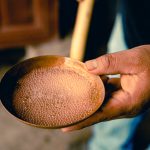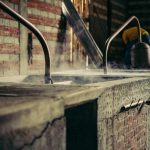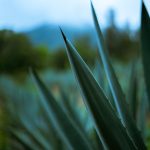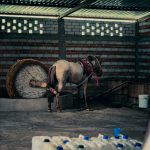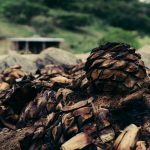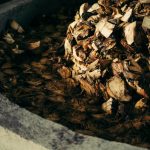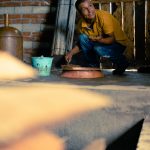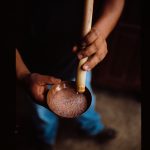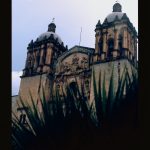OUR STORY:
Buena Estrella was born connecting stories in the town of San Dionisio, Ocotepec, in the central valleys of Oaxaca, where a smoke signal revealed the Palenque of the mezcalero master Don Miguel, and that's where it all began.
The place where Buena Estrella is born, has clean water from wells, fresh air that smells of firewood and maguey honey; the moist soil is a reddish, thin and porous clay, a perfect soil for juicy and diverse agaves to mature. Surrounded by mountains, the clouds descend in the afternoons until they cover the roads with mist. At night you can hear a coyote in the distance and the smoke that comes out of the palenque tubes mixes with the cold fog. In the dark you can see the stars that go through the dense clouds and guide, guide those who know how to follow them.
Making mezcal and distributing is for Buena Estrella a way of resisting the need to migrate to other countries to find new working conditions. For us, and for the family of our master mezcalero, making and spreading mezcal is a way of continuing to live in Mexico, with the aim of caring for the land from which our magueyes sprout and for which we are so grateful, while we are faithful to a preparation that uses the best instruments and ingredients to make this mezcal a liquid poem in the mouth; that contains the essence of what we love about our land.
OUR PROCESS:
Miguel's method of preparation follows an ancient tradition, mezcal is a craft that is over a thousand years old and that must be preserved culturally by valuing a well-done process.
Mezcal Buena Estrella is the result of several artisanal processes, it is a distillate with a high alcohol content that is obtained through fermentation and is perfected during its double distillation process.
According to the national regulations that certify the production of mezcal, the graduation of the distillate must be in a range of 35° to 55° of alcohol. Miguel, our master mezcalero, says that in his town nobody wants to drink the mezcal if it is less than 43% alcohol, that is because that degree speaks of the quality of the processes in which nothing artificial was added to reduce it, nor more were made than necessary.
Miguel and the mezcal masters of the region determine the degree of alcohol using a reed or valence tube, they inhale as if it were a giant straw and before it touches their mouth, they release their breath and let the mezcal stream fall, quite far , in a gourd. Bubbles come out, they are called pearls because they shine exquisitely like a star in the sky. Miguel explained to us that a 43° mezcal has thin pearls that dissolve quickly. The mezcal that is between 46° and 50° presents slightly larger pearls and resists a few seconds and opens on the sides. Mezcals over 50° generate large and very fragile pearls.
In the distillation process, Miguel determines the alcohol content of our mezcal. He carries out the distillation process twice, both times in copper stills heated with wood from the region's pine trees. The aroma of the palenque at that moment is wonderful; smoked maguey honey.
During the first distillation a liquid of almost 22° of alcohol called ‘Cola’ is obtained. The process is repeated and the liquid is reintroduced into the copper still to refine the flavor and give it greater alcoholic strength. In both processes, the bagasse used in the fermentation is added. It is heated, the mixture evaporates, it condenses and the perfect mezcal begins to drip, it is tasted, it is measured with the reed and the bottles are filled. Throughout this process vapors with divine smells come out inside the palenque, with the rain at sunset, the drops falling, the night and the mist.
